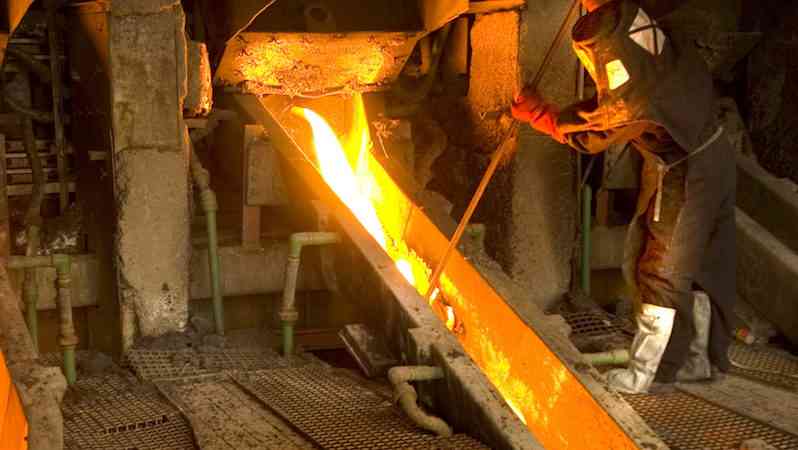
REVENUE from Zimbabwe’s platinum exports is expected to plummet by 37% to US$413,1 million this year as a result of falling commodity prices and power issues that have disrupted production in the mining sector, a government official has said.
The Southern African nation has been battling a serious power crisis, which worsened after output at the hydroelectric power station was rattled by low water levels on Lake Kariba.
As a result, power outages have over the past months been grounding industries for up to 18 hours a day, triggering extensive production costs.
However, electricity supply is expected to improve drastically in the third quarter as Hwange Unit 7 was successfully synchronised with the national grid last month, while Unit 8 is currently undergoing test runs, which have seen a reduction in power outages in the past weeks.
These two units have a combined 600 megawatts installed capacity.
“Our projections to 2030 also reflect that trend where platinum production will be declining in the near future,” Mines and Mining Development permanent secretary Pfungwa Kunaka told the Zimbabwe Independent this week.
“Challenges such as electricity shortage and fall in commodity prices appear to be the factors that will negatively impact on production and lead to lower output.
“This notwithstanding in terms of platinum reserves and output, Zimbabwe is a force to reckon with, standing at number three behind South Africa and Russia. Our export revenues reached US$660,9 million in 2022 and (are seen declining) to US$413,1 million in 2023.”
- ‘Binga not fully marketed’
- Mining ministry fails to submit reports: AG
- Increased poaching in Kariba threatens fish farming
- Kariba fishing tourney breaks with tradition
Keep Reading
According to the Chamber of Mines of Zimbabwe 2022 annual report, platinum output is expected to increase to 16 000 kilogrammes this year, while palladium is seen reaching the 13 600kg mark.
“The anticipated increases are expected to emanate from ongoing capital projects across active players while in the medium to long term, new projects including Karo Resources, Todal and GDI (Great Dyke Investments) are expected to boost PGMs (platinum group metals) production,” it said.
The three PGM operations of Zimplats, Mimosa Mining Company and Unki Mines continued to operate at (near) full capacity utilisation in 2022.
Karo Resources officially commenced construction operations during the year, while Todal advanced the development of the project in the same period.
PGMs production for 2022 increased across most of the metals in the basket. Platinum achieved 15 480kg, palladium (12 927kg), rhodium (1 366kg) and ruthenium (1 362kg).
Key matters for the PGMs industry included upward review in royalty for platinum from 2,5%, to 7% and export tax on unbeneficiated PGMs.
The developments also came as Zimbabwe is expected to be the biggest beneficiary of platinum shortages later this year, with the global market projected to suffer a short supply of 983 000 ounces, the largest deficit since the 1970s, according to the World Platinum Investment Council (WIPC).
Analysts see the supply deficit as a way to shore up prices, a development that could work in favour of Zimbabwe, the world’s third-largest producer after Russia and South Africa, which anticipates increased output this year.
The price of platinum on the international markets continues to rebound, as traders worry about the projected deficit in the second half of this year.
WIPC has cited a number of market developments during the first quarter of 2023, which in aggregate, the council contends will have a significant negative impact on market balances, hence its deficit outlook for the year.
The government has been encouraging foreign investment in the mining industry to boost production and generate much-needed forex revenue for the country.







